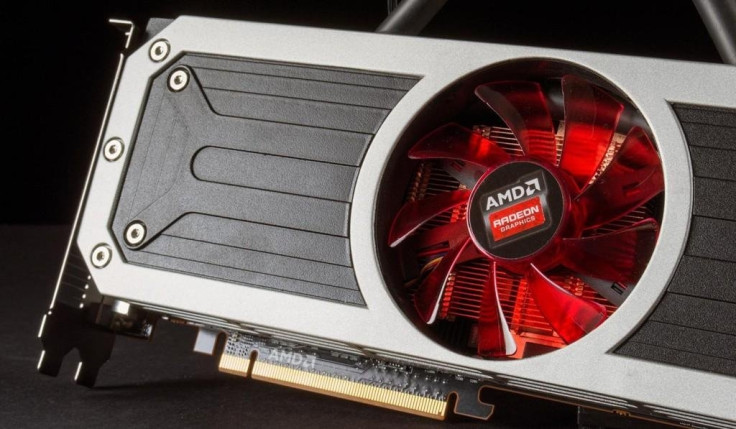Ethereum miners are so desperate for graphics cards that they are renting Boeing 747s
Cryptocurrency mining firms scrambling for graphics cards as AMD share prices rise by 10%.

Cryptocurrency miners are now so desperate to get their hands on graphics processors that they are resorting to chartering jumbo jets to get the devices into their networks as quickly as possible.
Since June, prices for mid-range and high-end Nvidia and AMD graphics cards have risen sharply by as much as 160% on multiple European and US online retailers, due to a surge in demand from people seeking to use their computers to mine the cryptocurrency Ethereum.
The surge in Ethereum miners is linked to the fact that the cryptocurrency shot up in value by over 2,300% from $8.24 (£6.28) on 1 January to $203.30 in May, before peaking at $400 at the end of June. The price of Ethereum has gone down since then, but is still relatively high at $192.11, as of Monday 31 July.
In early July, online retailer Mindfactory revealed that there is now a serious shortage of graphics processors across Germany, particularly the AMD Radeon RX 500 series and Nvidia's GeForce GTX 1060 and 1070 series. Products have disappeared from shelves, not replaced, and it is highly unlikely for retailers in Europe to get any more stock from AMD or Nvidia for at least three months.
And now, the situation is so dire that cryptocurrency miners are taking matters into their own hands, skipping the retailers completely and ordering directly from the manufacturers.
"Time is critical, very critical [in mining]," Marco Streng, the chief executive of major Ethereum miner Genesis Mining told news site Quartz. "For example, we are renting entire airplanes, Boeing 747s, to ship on time. Anything else, like shipping by sea, loses so much opportunity."
Mining: A digital gold rush
Cryptocurrencies are digital currencies mined using computers. A miner is someone who uses their computer or a network of computers to collect series of cryptocurrency transactions at a regular scheduled time and write them into a list known as a "block", which is then added to a big ledger called the "blockchain".
By turning the transactions into a block, the transactions are also turned into a mathematical puzzle. The first miner to mine a particular block and solve a mathematical puzzle receives a reward – in the case of Ethereum, the reward is 5 Ether – as well as transaction fees from all the users who sent transactions out during that particular 10-minute-long period.
The more graphics processors and machines you have, the faster you can mine Ethereum, and miners compete for about 36,000 new units of Ether each day. The amount of processing power required to mine Ethereum began rising in April from 20,000 Gigahash per second to 80,000 Gigahash per second, according to Etherscan.
Not banking on cryptocurrency

The massive surge in demand for graphics cards has also had another pleasant side effect – on Tuesday 25 July, AMD stunned Wall Street with second-quarter earnings that topped expectations, leading shares to rise by 10%, while stock rose by 152% over the last 12 months.
AMD also expects third quarter revenue to increase by 15% year over year, yet the firm said that it had not predicted that cryptocurrency would lead to a surge in demand, and it is also not willing to bank its future on digital currencies, which are notoriously unpredictable and unstable.
"Relative to cryptocurrency, we have seen some elevated demand, but it's important to say we didn't have cryptocurrency in our forecast, and we're not looking at it as a long-term growth driver. But we'll certainly continue to watch the developments around the blockchain technologies as they go forward," AMD's chief executive Dr Lisa Su said during the earnings call.
"If you look at GPUs across the world, the inventory in the channel is actually quite lean. And so we're working on replenishing that inventory. Our priority, though, really is on our core market, which is the gaming market."
© Copyright IBTimes 2025. All rights reserved.






















